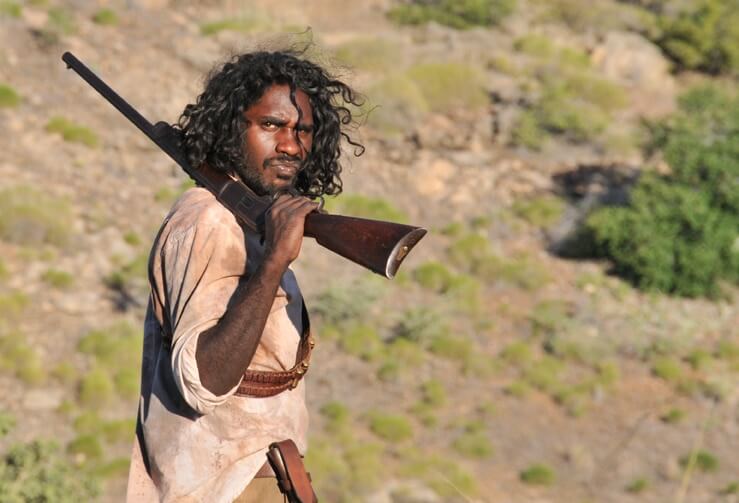Every country has its own mystical tales and so does Australia. Here are the most interesting Australian legends and myths that you might want to know.
The Lost Gold Mines Of Lasseter

Harold Lasseter was only 17 years old when he decided to start his quest for gold. He departed from Alice Springs to Western Australia goldfields to feather his nest. And at some point in his journey, he declares to have done so. The only trouble was he couldn’t recall where he left it. Therefore, people started to spread rumors about the legend of Lasseter’s Reef. It is a 14-mile long, gold-rich Quartz-Ironstone outcrop somewhere west of Alice.
Since then, many have joined the desert with dreams of finding its great wealth. Lasseter died in 1931 on just such a journey. Many people have wasted time, their own money, as well as their mind on just a story of a kid.
However, some have announced to have already discovered it. One of them is, for example, Lutz Frankenfeld, the Alice Springs Beer Can Regatta’s founder. He said he founded the treasure in 1994 and was waiting to start a joint venture with a suitable mining firm.
In November 2008, a Mutijulu Elder who takes care of Lasseter out in the desert before he died also perish. It means things that could be the last connection to the lost reef of gold are gone as well.
Jandamarra – Australian Legends And Myths

Jandamarra is an Aboriginal from the Bunuba tribe. He worked for the police in the southern Kimberleys during the 1890s. Around this time, he had helped the police arrest many of his own people. However, as Jandamarra saw their torture, he rebelled. Jandamarra shot a police officer, released the prisoners, and looted some guns.
The tale of an Aboriginal bounty hunter shooting a white police officer caught much attention of the locals. Soon after, Jandamarra became the most wanted guy in Kimberley.
For almost three years, Jandamarra made police on wild goose chases in the region. His hit-and-run raids were the foremost time European strategies and guns were used against whites. It was also a sign that he and his race wouldn’t go quietly anymore. They would definitely protect themselves as well as their motherlands. His deep knowledge of the local terrain let him “vanish” at will. As a result, there were rumors that he shall not have been a human being at all.
But the final victory of the game went to Kimberley’s police. As they couldn’t catch Jandamarra, they brought in Micki, an Indigenous tracer from an opposing tribe. This man is as skillful as Jandamarra so that he can unravel all of Jandamarra’s tricks.
Micki shot Jandamarra dead at his Tunnel Creek hideaway. He was also the one that had destroyed the Indigenous resistance.
The Great Inland Sea

European settlers supposed that, just like other continents, Australia must have a massive and complex internal river system. As a result, there were many expeditions into the red center of Australia in order to search for water. Unfortunately, all of them failed.
One of the most spread foolhardy tragedies is the one led by Charles Sturt. He embarked on the journey on a boat with 15 men. They were trapped for 6 six months close to Milparinka, NSW. They reached as far as the Simpson Desert before surrendering. The temperatures were so hot that Sturt fell from their pencils, and scurvy blackened skin fell from their mouths.
The search still continues these days. But instead of finding the water flow systems on the surface, they switch to underground.
The Bunyip – Australian Legends And Myths

According to early European settlers, Bunyip was an unknown creature waiting to be uncovered. As a result, they attempted to find one to achieve fame and wealth.
On the other hand, to Aboriginal tribes, this was inaccurate. The Bunyip was actually a malicious force. It crept at the bottom of billabongs and creeks waiting to swallow anyone foolish enough to get close at the inappropriate time.
Just like any good folklore, the Bunyip myth has been quite ridiculous and unreasonable. Bunyips are described to have shaggy fur, horns, short hair, dog faces, horse’s manes, etc. No matter how it looks, it’s just very confusing. What we know for sure is that this is the myth that both Indigenous and non-Indigenous Australians believe.
Related Posts You Can Read:
Top Myths About Canada That Make Foreigners Misunderstood ( Part 2 )
